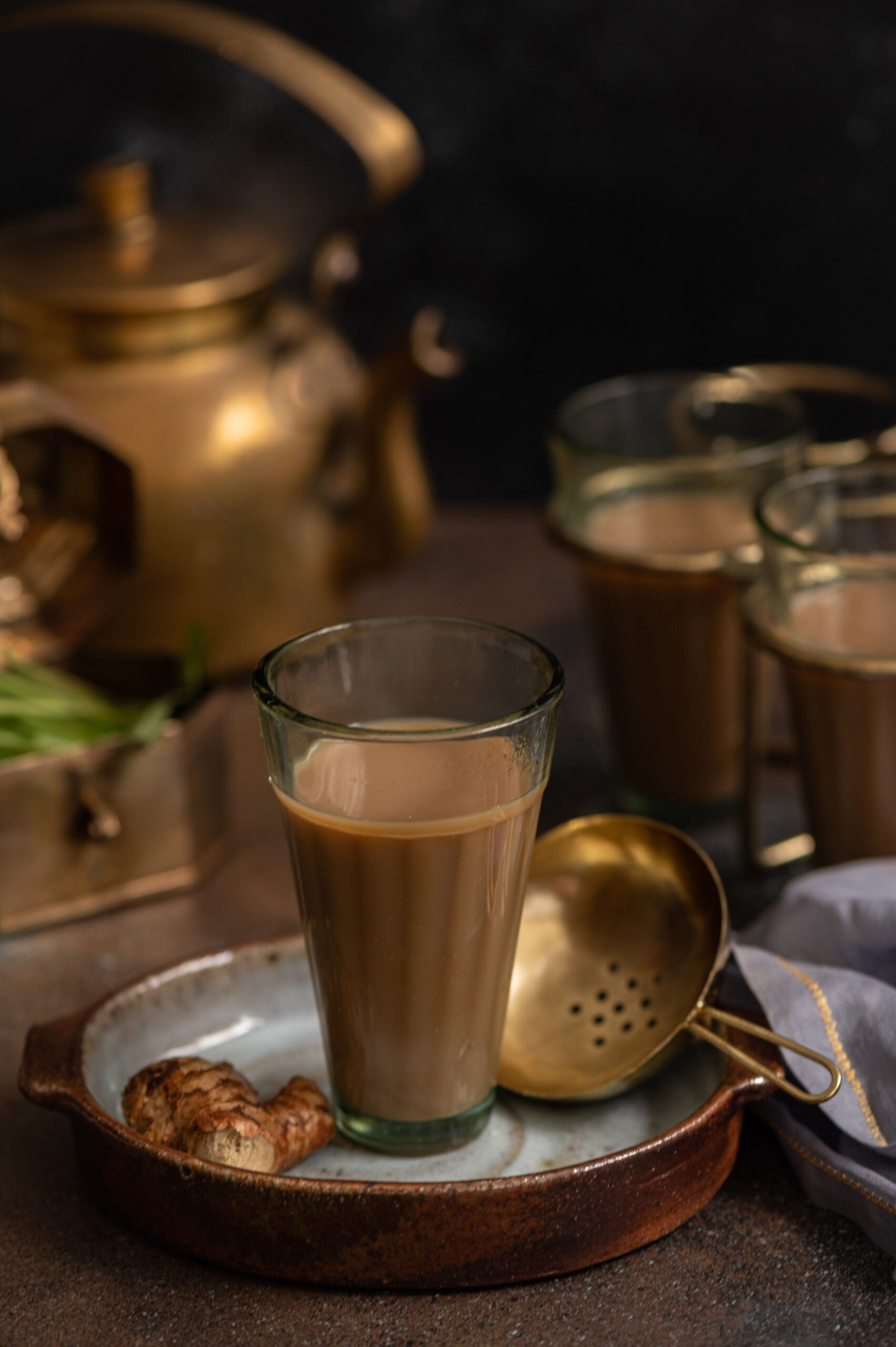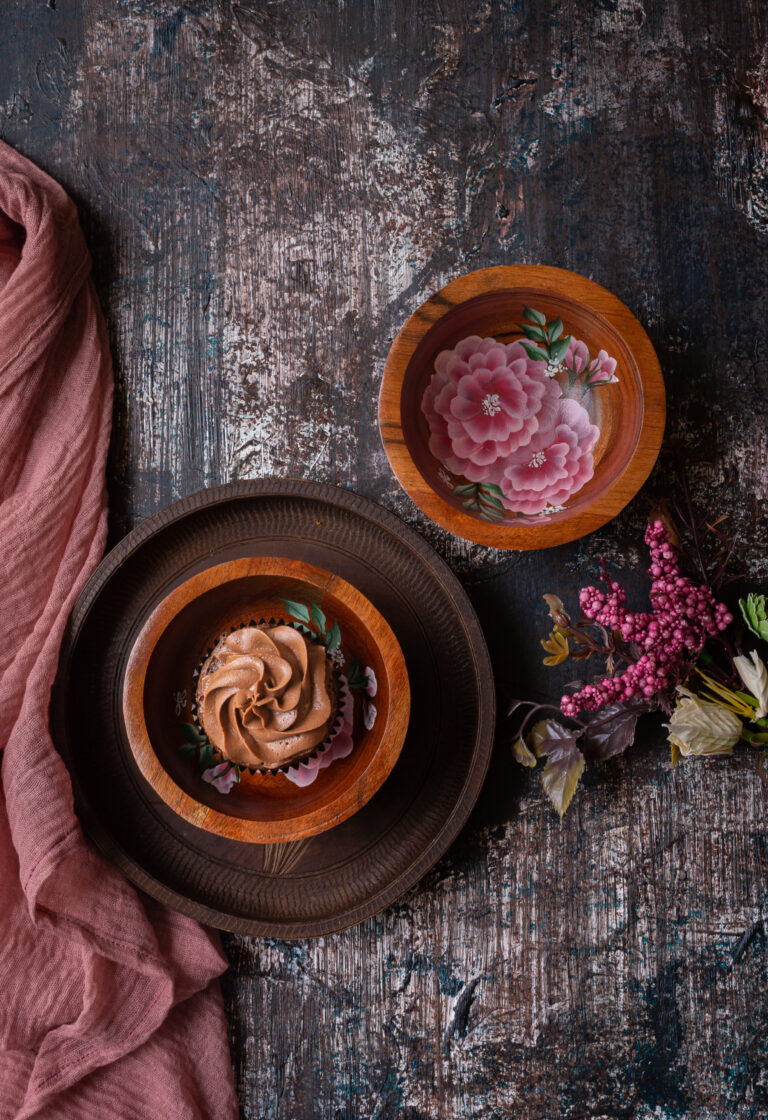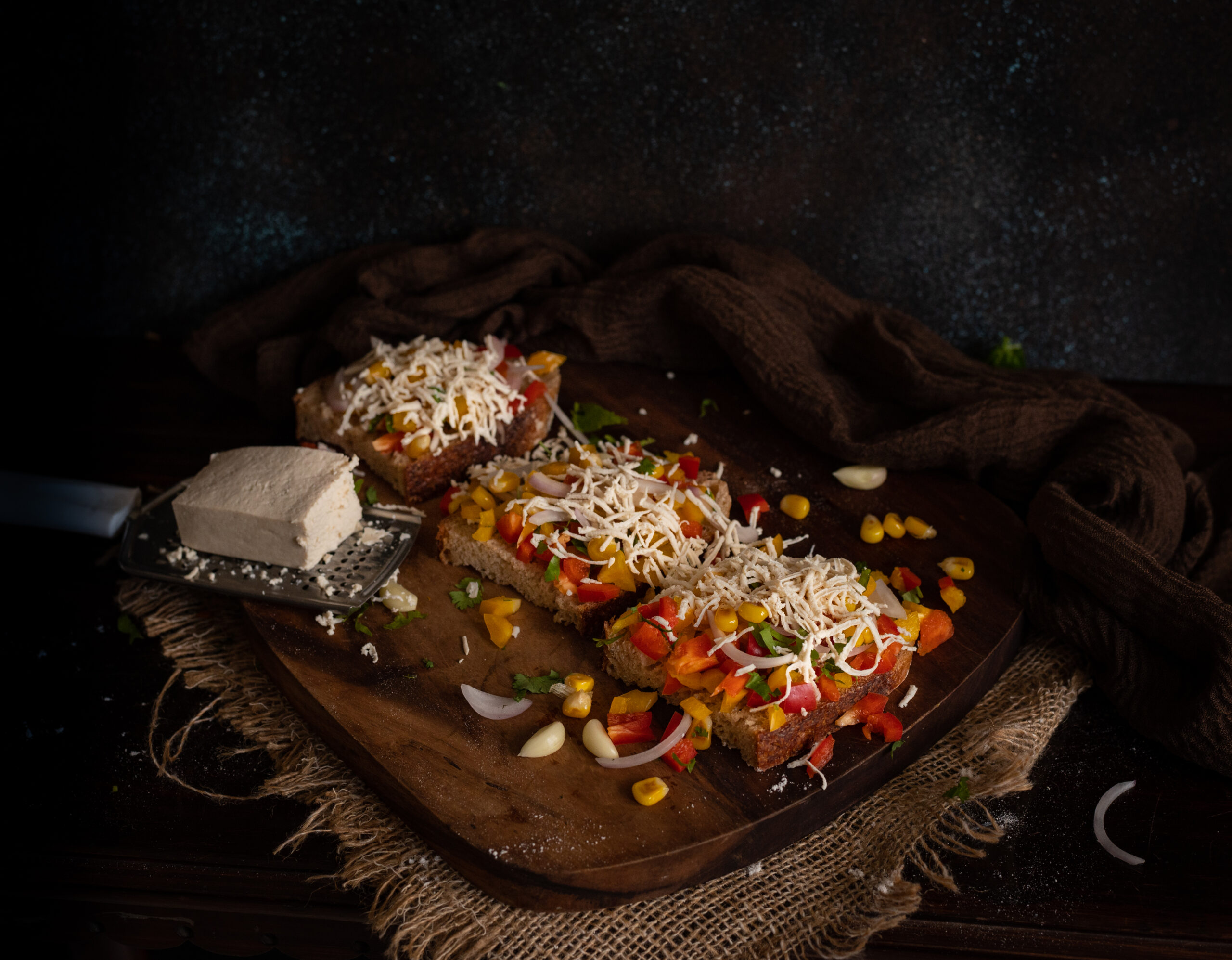As I’ve been whining over so many recent posts, I’m on a stay-off-carbs personal menu and this can sometimes be quite a challenge! The key is in creating meals that are not only healthy but also delicious, even as one watches what one eats. Here is another recipe in this category, a breakfast egg stir-fry that I have quite often.
While eggs are what I usually make this dish with, I sometimes substitute them with paneer or tofu, depending on the mood of the morning. The lovely part of this recipe is that whether you make it a vegan one or an egg-based one, it gives you a protein high that will carry you through your tasks all the way till lunch time. It’s perfect for a post work-out breakfast, and it also happens to be grain-free – just what the doctor prescribed!
It is said that a high protein diet helps you cut down on your sugar cravings. I’ve seen this proved true, in terms of my body’s own requirements. It’s no secret that I have an incredible sweet tooth, as the plethora of desserts I’ve shared will show you, if not my penchant for baking for others. Let me let you in on something: there was a time when I used to bake a tiny little cupcake using the batter of every cake order, under the pretext of ‘tasting’ it. Needless to say, that was quite a few tiny little cupcakes enjoyed, all in the name of quality control! I no longer do this, and I suspect that including more protein in my morning meal may well be the reason why.
That’s not to say that I restrict myself. I only mean that I no longer have an irrepressible sweet tooth. When I do indulge myself, it is mindfully done. The lovely variety of cake orders I’ve been fulfilling lately – a celebratory red velvet, a vegan vanilla lavender, a sugar-free date, an eggless almond – have certainly inspired me to make those tiny little cupcakes on the side for myself too. One should give in to temptation now and then, as long as it is within the limits of one’s overall healthy eating plan. If you feel like a slice or two of cake, I’d be more than happy to bake you one, and you’re welcome to tease me about the tiny cupcake on the side. Get in touch!
There are always reasons why our bodies crave any kind of food, be it sugar or spice or something else altogether. Listen to your body, understand what it’s really asking for, and give it the right nourishment. As is famously said, you are what you eat.
To return to the subject of our protein cravings and needs, it isn’t true that vegetarians or vegans have trouble meeting this quotient. I tend to eat a largely vegetarian or vegan diet, but flexibly so. Whether I put eggs, tofu or paneer into this dish is entirely a question of that day’s likes or dislikes. I’m a moody eater, and can be put off even by favourite ingredients for phases, just as I can be obsessive about certain ingredients for phases. I find that listening to my body’s likes and dislikes is a part of healthy eating, and it’s a skill I learned slowly. Healthy eating is never just about the ingredients or portions alone.

Egg Stir-Fry
(Serves 2)
1 tablespoon olive oil
½ cup finely chopped onions
3 boiled eggs (sliced)
2 cups chopped veggies (broccoli, bell peppers)
Salt to taste
½ teaspoon amchur powder (optional)
½ teaspoon garam masala
1 pinch of turmeric
½ teaspoon roasted cumin powder
¼ teaspoon black pepper powder
A generous sprinkling of coriander leaves
Heat a pan and add the olive oil. Now, add the onions and vegetables. Many vegetables complement eggs, so add whatever you prefer. Personally, I avoid starchy ones and use bell peppers and broccoli quite often. It’s a combination I like, and so I usually stick to it. Tomatoes are also a good choice, so do toss them in if you enjoy them.
Stir on a high flame until golden, then add the spices.
Mix well. Finally, add the boiled eggs. Garnish with the coriander leaves, and serve. Enjoy this delicious start to your day!
If you’re a fan of eggs, you may also want to try out a somewhat more extravagant (or should that be eggs-travagant?) and extremely filling Middle Eastern/North African dish known as the shakshouka, my recipe for which I shared here. As always, I’d love to know your thoughts!










































